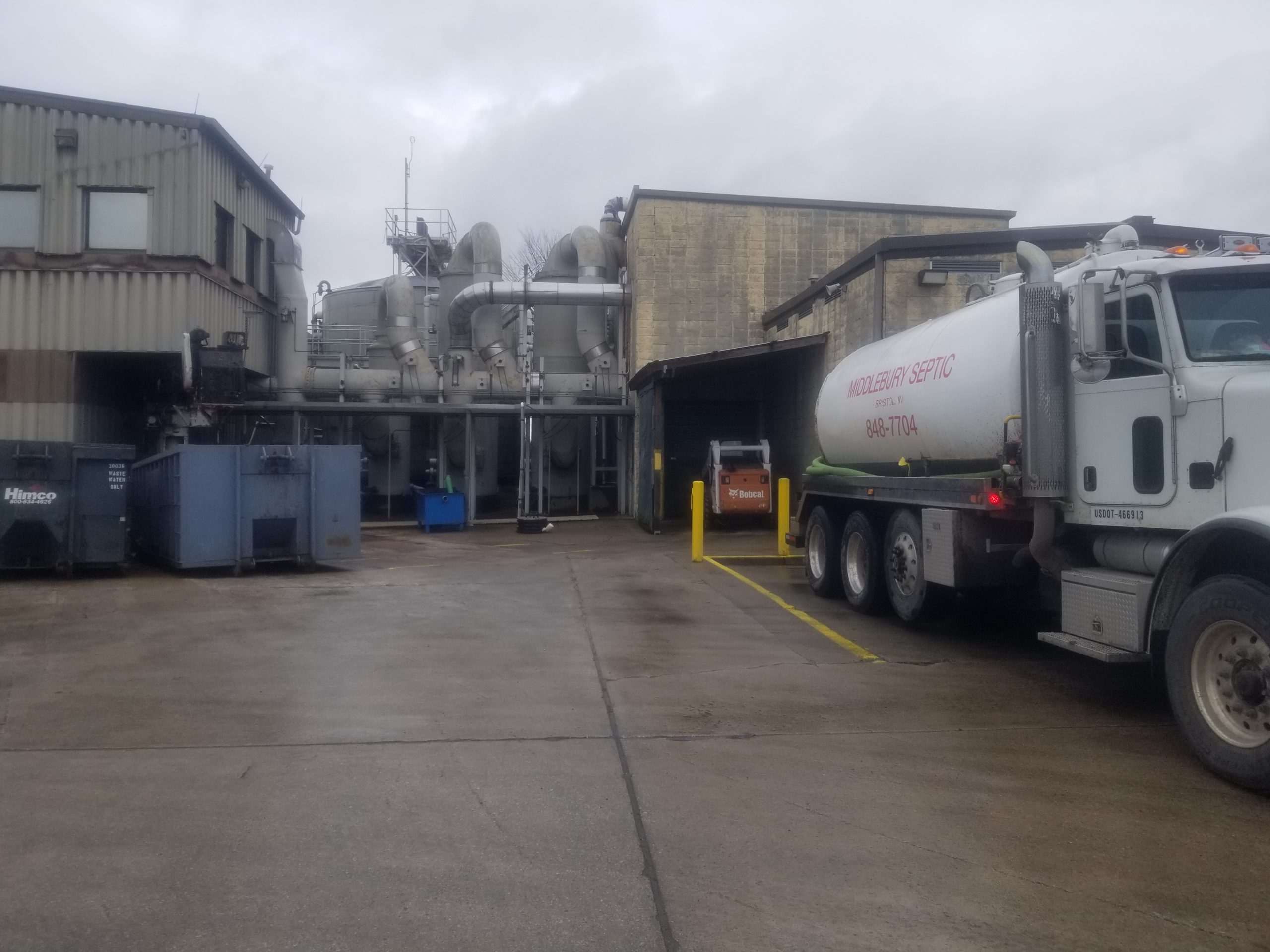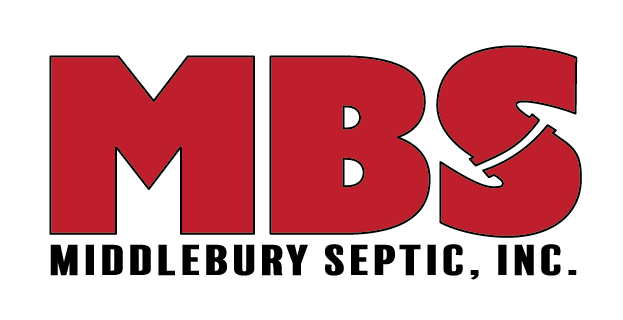MBS Pumping
HOW IT WORKS
Septic System Demystified
Septic Overview
A septic system is an underground wastewater treatment system commonly used in homes without access to a centralized sewer system. The system consists of a septic tank buried in the yard. When you use water in your home, like flushing toilets or washing dishes, the wastewater flows into the septic tank. Inside the tank, solid particles settle to the bottom, forming a layer of sludge, while lighter materials float to the top, creating a layer of scum. Beneficial bacteria in the tank break down these layers, purifying the remaining liquid, known as effluent.
Effleunce & Ground Water
Once the effluent reaches a certain level, it flows out of the tank into a drainfield, where it undergoes further treatment. The drainfield consists of pipes buried in trenches filled with porous material, allowing the effluent to be naturally filtered and absorbed by the soil. This process removes contaminants, and the treated water safely returns to the groundwater. The septic system operates continuously, treating new wastewater as it enters the tank.
Regular Maintenance
Regular maintenance, including septic pumping every 3 to 5 years, is essential to remove accumulated sludge and scum, preventing system failures and ensuring the septic system’s proper functioning. Overall, a septic system provides an effective and environmentally friendly way to treat and dispose of household wastewater, contributing to the health and well-being of both households and the surrounding environment.
Steps
Let’s break down how a septic system works in simple terms.
Household Wastewater Collection:
When you use water in your home, whether it’s from flushing toilets, taking showers, or washing dishes, all the wastewater goes down the drains and into the septic system.
Wastewater Separation:
In a septic system, the wastewater flows into a large underground tank buried in your yard. This tank is typically made of concrete or plastic and is watertight.
Solid Waste Settling:
Inside the septic tank, the heavy solid particles in the wastewater (like human waste and toilet paper) sink to the bottom and form a layer called “sludge.” Bacteria in the tank break down these solids.
Grease and Lighter Materials Floating:
Lighter materials, like grease and oil, float to the top of the tank, creating a layer known as “scum.” Similar to the sludge layer, bacteria work to break down these materials.
Effluent Formation:
The remaining liquid in the middle is called “effluent.” This liquid contains water and dissolved materials.
Bacterial Treatment:
Beneficial bacteria in the septic tank break down the organic matter in the sludge and scum layers, helping to purify the wastewater.
Outlet to Drainfield:
Once the liquid effluent reaches a certain level in the tank, it flows out of the tank through an outlet pipe and into the drainfield or leach field.
Drainfield Treatment:
In the drainfield, the liquid effluent is distributed through pipes into trenches filled with gravel or other porous material. The soil naturally filters and treats the wastewater, removing harmful bacteria and contaminants.
Natural Filtration and Absorption:
As the effluent percolates through the soil, it undergoes further natural filtration and absorption. The soil acts as a natural filter, removing impurities and allowing the treated water to safely return to the groundwater.
Continuous Cycle:
The septic system operates continuously, with new wastewater entering the tank as you use water in your home. The natural processes inside the tank and the drainfield work together to treat and safely dispose of the wastewater.
Maintenance Note:
Regular septic pumping is necessary to remove accumulated sludge and scum from the tank. This maintenance helps prevent system failures and ensures the proper functioning of the septic system.
Crust Buster &
Back Flushing
Its more than just a cool name.
Crust Buster
The Crust Buster is a specialized tool we employ to enhance the efficiency of the pumping process. Its gas-powered rotary agitator plays a crucial role in breaking down accumulated sludge at the tank’s bottom, ensuring a more thorough removal during pumping. Our goal is to proactively maintain your septic system’s optimal performance and prevent uneven solid buildup.
(creates a slurry to pump both solids and liquid from the tank)
Back Flushing
We might incorporate a method known as backflushing during our septic tank pumping service. In certain instances, when the contents of the septic tank are particularly heavy or difficult to pump, we use a process which involves pumping mostly water effluent from our tanker truck back into the tank. This helps to stir and loosen up the stubborn material, making it more manageable for extraction. Backflushing is a practical technique we employ when needed, ensuring a more efficient and thorough pumping operation.
What happens with the waste?
Its more than just a cool name.
Where it Goes
Once a septic has been pumped the waste sits in the truck until reaching a dumpsite. Normally we try for four pumpings before dumping off the waste.
Once arriving at the site we off load and record waste gallons. Waste is screened for trash and debris. Is effluent is then sent to a tank where polymers are added to draw out the solids which are sent to be pressed. The water is separated and sent to be processed before release back to the water table. Solids are formed into cakes and shipped to the landfill.

No Dump Days
Normal pumping services will not be scheduled on Federal Holidays (and other days when dump sites are closed). Emergency pumping is still possible on weekends and some holidays but our rates are slightly increased.
Dumping & Scheduling
Our normal lead time for appointment scheduling is about two weeks. This allows us to group appointments geographically, making our days more efficient, environmentally friendly, and saving you the cost of extra fuel. During normal operations we can schedule four pumps between dumpsite visits.
With a full schedule we are able to service eight properties per truck per day.
